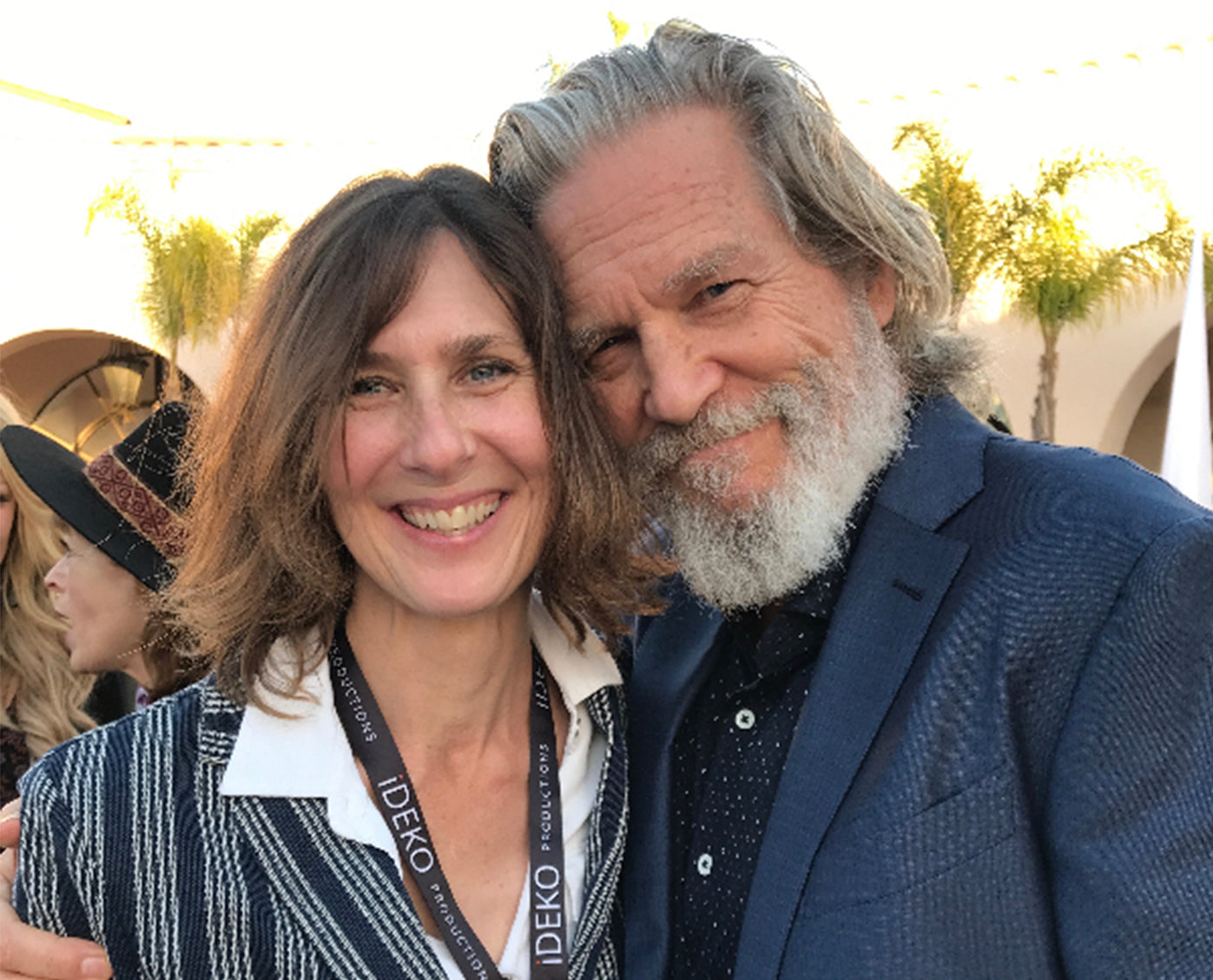Shining a light on “what the world needs now” is Susan Kucera’s immense gift. Let her show you. You and the world will thank her.
She starts young, learning at the foot of a fellow seeker — her father, glaciologist, Dr. Richard Kucera. She is nine-years-old, his eager, open camera assistant. Together, they study the Athabasca Glacier, an ice monolith that has lost more than half of its original size over the last 125 years, creating cinematic shorts together for Britannica Films — back when going to the library was essential and selling the tomes from door-to-door was expected. And her discovery that what we know will enlighten and free us inspires a life in film for Susan Kucera that influences every “Action!” she calls, and “Cut!” she makes.
The die cast, Susan’s been screenwriting, producing and directing documentaries — those real life, true situations, nature in motion cinematic journeys — ever since. Her camera has immersed the world in the art of tango master, Jorge Torres; inspired through the mentorship of the improv pros of the Unusual Suspects Theatre Company, and revealed the hungry to learn teens of John C. Fremont High in the heart of the City of Angels.
She’s opened our eyes to the role we as humans play in the fate of our planet — OUR planet, the collective, the whole — with the BREATH OF LIFE and taken us on an exploration of the life of brilliant evolutionary biologist, Robert Trivers, with WILD LIFE.
Ah, evolution. Yes. Growth, change, transformation. And that’s what Susan brings us with LIVING IN THE FUTURE’S PAST — that forever process. This face-to-face revelation shared with that always changing race known as 21st century man, woman and child asks, “What path do we walk to begin healing our environment, the place we live, the world we are leaving for generations beyond us to inhabit? If we are wise, kind, proactive, unwavering and collaborative in our commitment to ourselves, what could be?”
And herein lies a movement, a foundation for change. The journey of this particular project began when Susan met Jeff Bridges and discovered they were of one mind about something that matters to the entire world deeply — adding new perspectives to the current environmental situation. “As Jeff likes to say,” Susan shares, “we wanted to take a good look under the hood of humanity and see what makes us tick.”
The film has made the kind of waves they had hoped and has opened up not just a conversation, but a need to get up and do something. Through LIVING IN THE FUTURE’S PAST, Susan and Jeff have established an educational program with the movie’s featured experts. There is a 50-page study guide that breaks down the concepts explored and includes project ideas for middle school to university students. These are the kinds of projects that can move mountains, literally, and kids and their teachers are embracing them.
In another turn, big box giant, Costco, is sitting up and taking notice of the topics and issues LIVING IN THE FUTURE’S PAST raises such as how interconnected everything is and that the earth will continue to experience extremes such as the California wildfires and the incessant flooding from the African cyclone. As Susan tells it, the film’s title is a metaphor for “tuning in to what is already there. When we understand that ‘energy is the currency of all life,’ we realize we may be, in a sense, ‘energy blind.’” Costco wants to be involved with the “co-evolution of how the world will be in the future” for the better. The company’s head of sustainability saw the film and is sharing it with all of the corporation’s 1400 managers around the world to get everyone on the same page to be a part of a lasting solution.
There is more. So much more of what Susan brings to the table every time she puts thoughts to paper, researches life’s unique and beautiful experiences to share with the world, takes out her camera, sets up a tripod and films.
“There is a certain joy in discovering what the camera captures that you might not really see with the naked eye,” Susan says.
Her living environment feeds that creativity — the Islands of Hawai’i, and the craggy, beautifully moody landscape of Washington — the state, not the capital. Susan travels the world, collaborates with like minds with open hearts, and creates visual essays of real-life experiences to feed our souls, motivate our spirits, and expand our minds.
Susan Kucera began filming at age nine. Per the Centers for Disease Control (CDC), girls at age nine:
• Begin to see the point of view of others more clearly.
• Have an increased attention span.
So, some things parents can do are:
• Spend time with your child.
• Help your child develop her own sense of right and wrong.
• Help your child develop a sense of responsibility—involve your child in household tasks.
• Help your child set her own goals. Encourage her to think about the skills and abilities she would like to have and how to develop them.
On behalf of all of us who are lucky enough to experience your glorious films, Susan…
Thank you for your precociousness.












